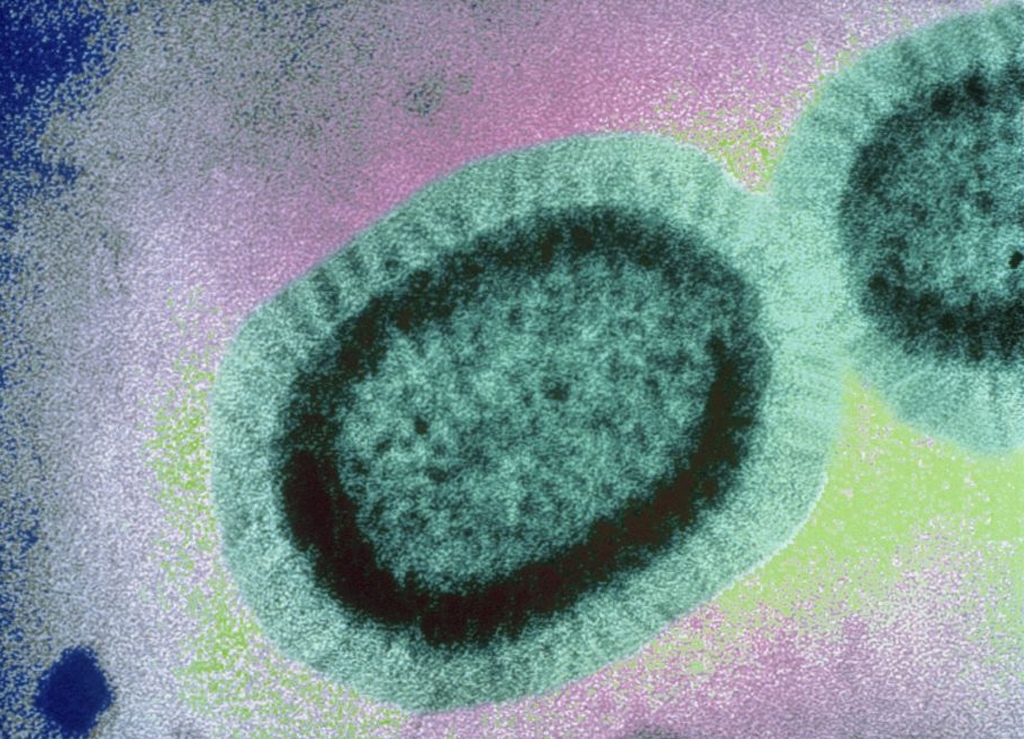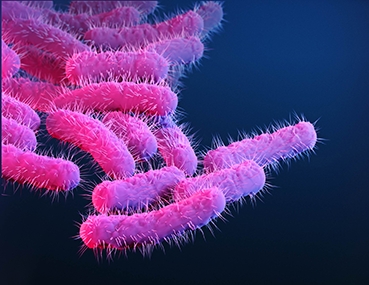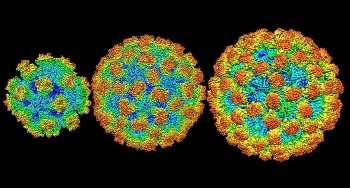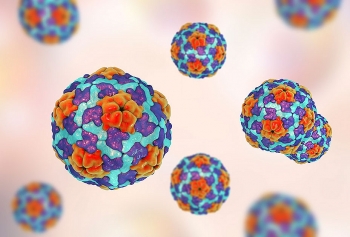Top 15 Most Common Diseases in the U.S You Should Know (Part 1)
 Top 10 Common Diseases In the World That Have the Highest Mortality Rate Top 10 Common Diseases In the World That Have the Highest Mortality Rate |
 Top 20 Rarest Diseases That Can't Explain In the World Top 20 Rarest Diseases That Can't Explain In the World |
Check out the 15 most common infectious diseases in the United States (compiled and selected by KnowInsiders.com, updated in 2023):
1. Chlamydia
Both sexes are susceptible to contracting this sexually transmitted disease. The majority of people who have it have only mild symptoms or none at all, but you might experience pain or discharge when you urinate. Urine testing or a genital swab can provide your doctor with the information necessary to make a diagnosis.
Even though antibiotics can easily cure it, this so-called "silent" infection makes itself heard if it is not treated in a timely manner. According to WebMD, some of the complications that can arise include pelvic inflammatory disease (PID) in women and infections of the prostate gland in men.
2. Influenza A and B
 |
| Influenza A and B - Photo: PopularScience.com |
A sudden fever and chills, headache, muscle aches, fatigue, sore throat, and congestion are all symptoms of this illness. If you have any of these symptoms, you almost certainly have the flu. Every year, it affects somewhere between 3% and 11% of the population in the United States. The condition will typically improve within two weeks, but you may feel tired for a while after it does.
It is especially hazardous, and even potentially lethal, for young children, the elderly, and those with compromised immune systems. Antiviral medication may be prescribed by your doctor if you are at a high risk for developing complications or if you are experiencing severe illness. Getting vaccinated against the flu each year is the most effective way to protect oneself from contracting the illness.
3. Staph
There are more than 30 different types of the bacteria known as staph. The most common strain is called staphylococcus aureus. They can sometimes be found in the lining of your nose, but most of the time they live on your skin. However, they can enter your body if you have a cut or a wound that is broken open. This can result in an infection that is either serious or potentially fatal in nature. Antibiotics are an effective treatment for the majority of staph infections.
Methicillin-resistant Penicillin-based drugs are ineffective against methicillin-resistant Staphylococcus aureus (MRSA). Antibiotics of various kinds are required for the treatment of this condition.
4. E. Coli
The majority of Escherichia coli (E. coli) bacteria strains are completely safe to be around. They make their home in your digestive tract and aid in the process of food digestion. However, some of them can lead to infections in the respiratory system or the urinary tract. Others result in cramping in the abdomen, nausea, vomiting, and diarrhea that occasionally contains blood.
Consuming contaminated raw vegetables or undercooked meat, particularly ground beef, is the most common cause of the disease. In most cases, the onset of the illness occurs anywhere between one and ten days after the initial exposure to the bacteria. In about a week's time, you should start to feel better even without any medical attention.
5. Herpes Simplex 1
The majority of cases of oral herpes, also known as fever blisters or cold sores, are caused by herpes simplex virus type 1 (HSV-1). It is so widespread that more than half of all adults in the United States will contract it at some point, typically through mouth-to-mouth contact. You won't be able to get rid of it completely, but over-the-counter medication can alleviate the symptoms and speed up the healing process.
Herpes simplex virus type 1 (HSV-1) can spread to genital areas through oral sex, despite the fact that herpes simplex virus type 2 (HSV-2) is the most common cause of genital herpes.
6. Herpes Simplex 2
The majority of cases of genital herpes are caused by herpes simplex virus type 2 (HSV-2), but HSV-1 type can also be the culprit. If you have it, you might develop a rash or blisters that ooze or bleed, depending on the severity of the condition. However, the majority of people experience only mild symptoms or none at all. However, you can still share it with another person without them being aware that you have it.
This is one reason why it is so widespread: more than one in six people in the age range of 14-49 have it. Although there is no known cure, certain medications can stop or shorten an outbreak and reduce the likelihood that it will be passed on to a partner.
7. Shigellosis
Although it can affect people of any age, the most common victims are young children. It is transmitted by coming into contact with contaminated water or food, as well as the feces of an infected person. As a result of this, it is possible for it to occur in public places like daycare centers and swimming pools.
There may be no symptoms at all, fever, stomach pain, or diarrhea that is sometimes bloody; on the other hand, it may cause all of these things. It typically clears up without the need for medication, but the diarrhea can lead to dehydration in some cases.
 |
| Shigellosis - Photo: CDC.com |
8. Syphilis
The initial symptom of syphilis is a sore that can appear on the mouth, genital area, or rectum. Penicillin is an effective and speedy treatment option. If you don't take care of it, it can progress through phases that range from a rash covering your entire body to damage to your brain. If you do take care of it, it won't progress. It is possible for a mother to transmit the disease to her child either during pregnancy or while giving birth.
 Top 15 Most Common Diseases in the U.S You Should Know (part 2) Top 15 Most Common Diseases in the U.S You Should Know (part 2) |
 Top 10 Most Common Diseases in India Top 10 Most Common Diseases in India |
 Hepatitis A, B, C, D, E: Causes, Symptoms, Treatment for most common diseases in India Hepatitis A, B, C, D, E: Causes, Symptoms, Treatment for most common diseases in India |


























